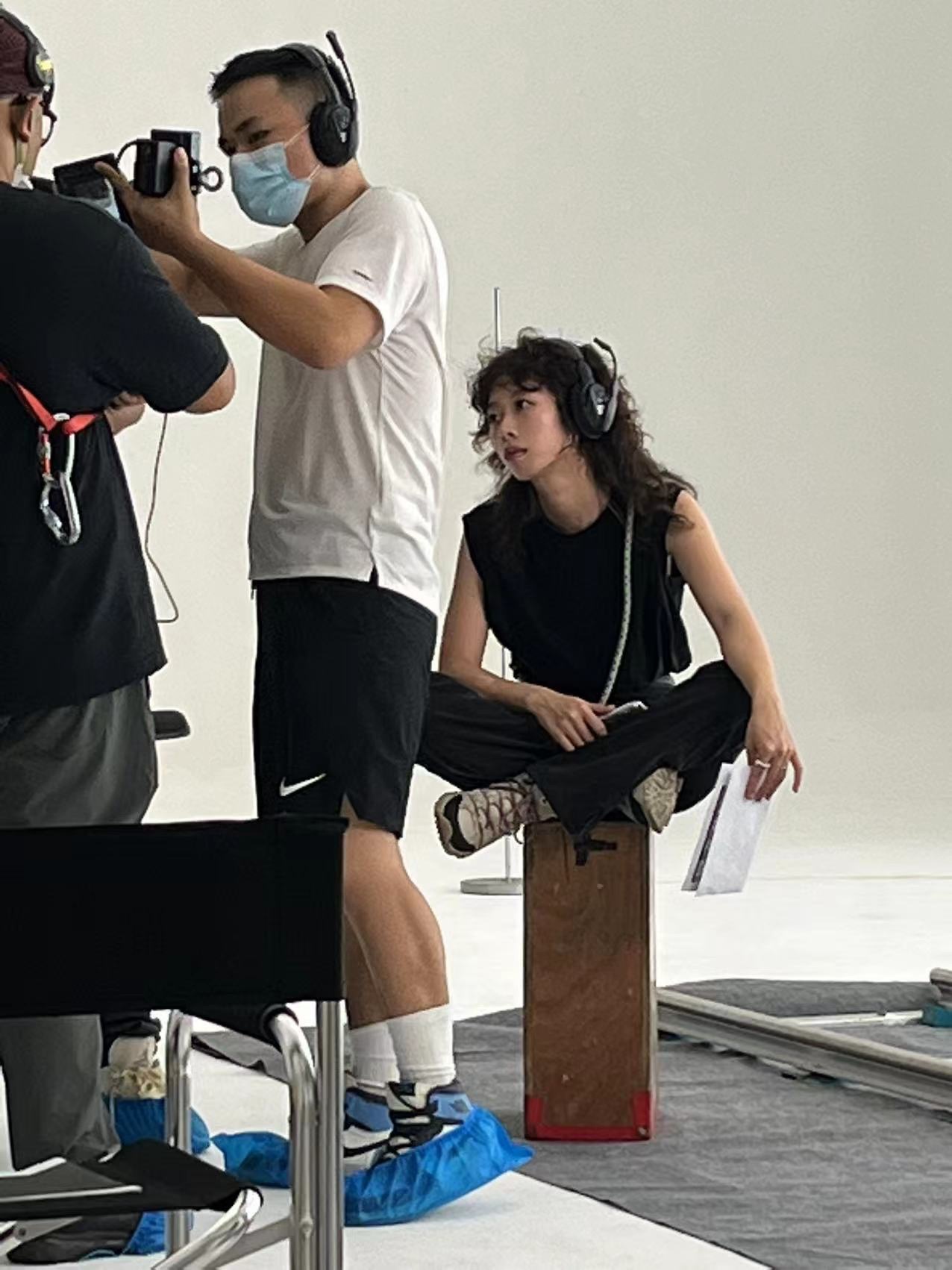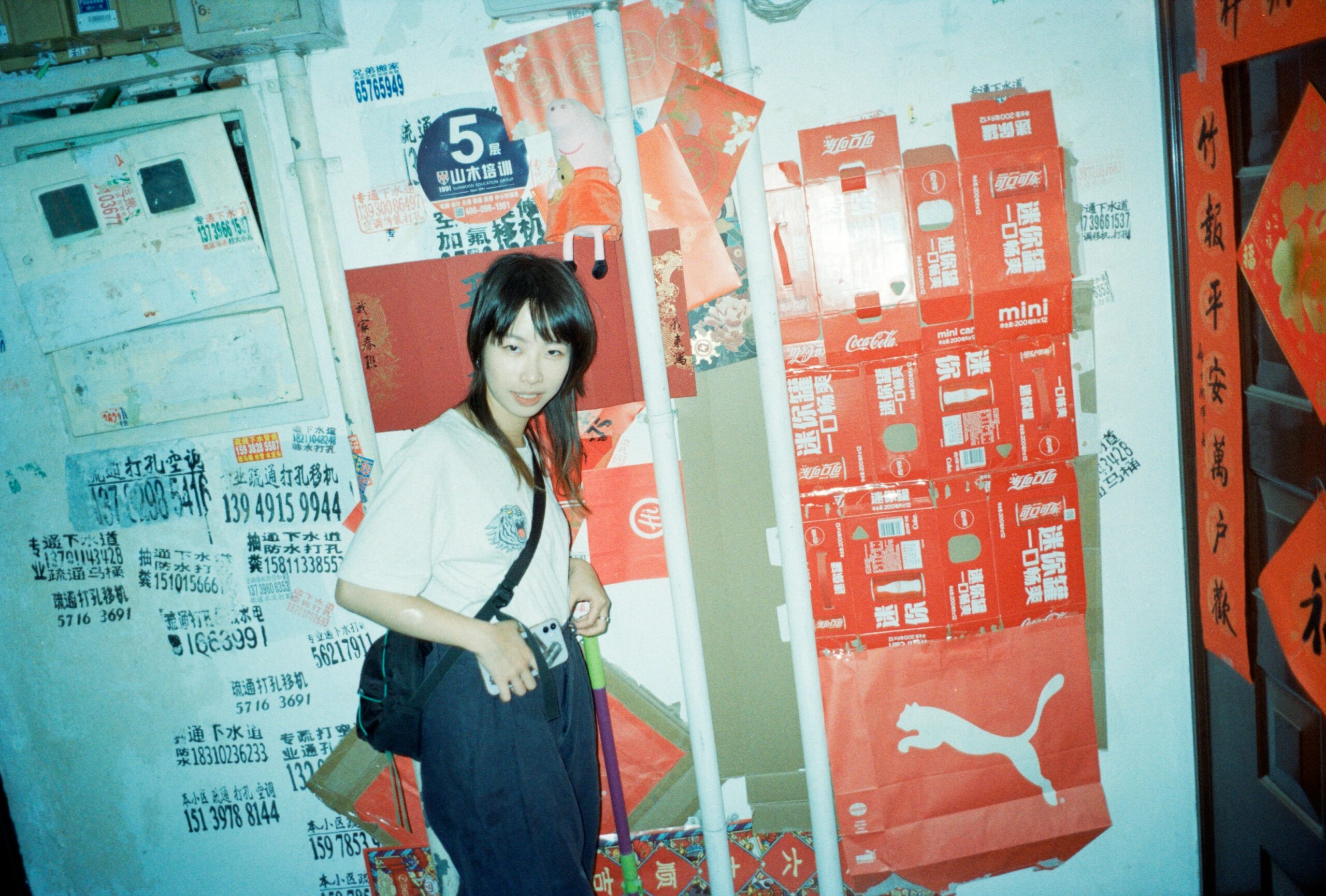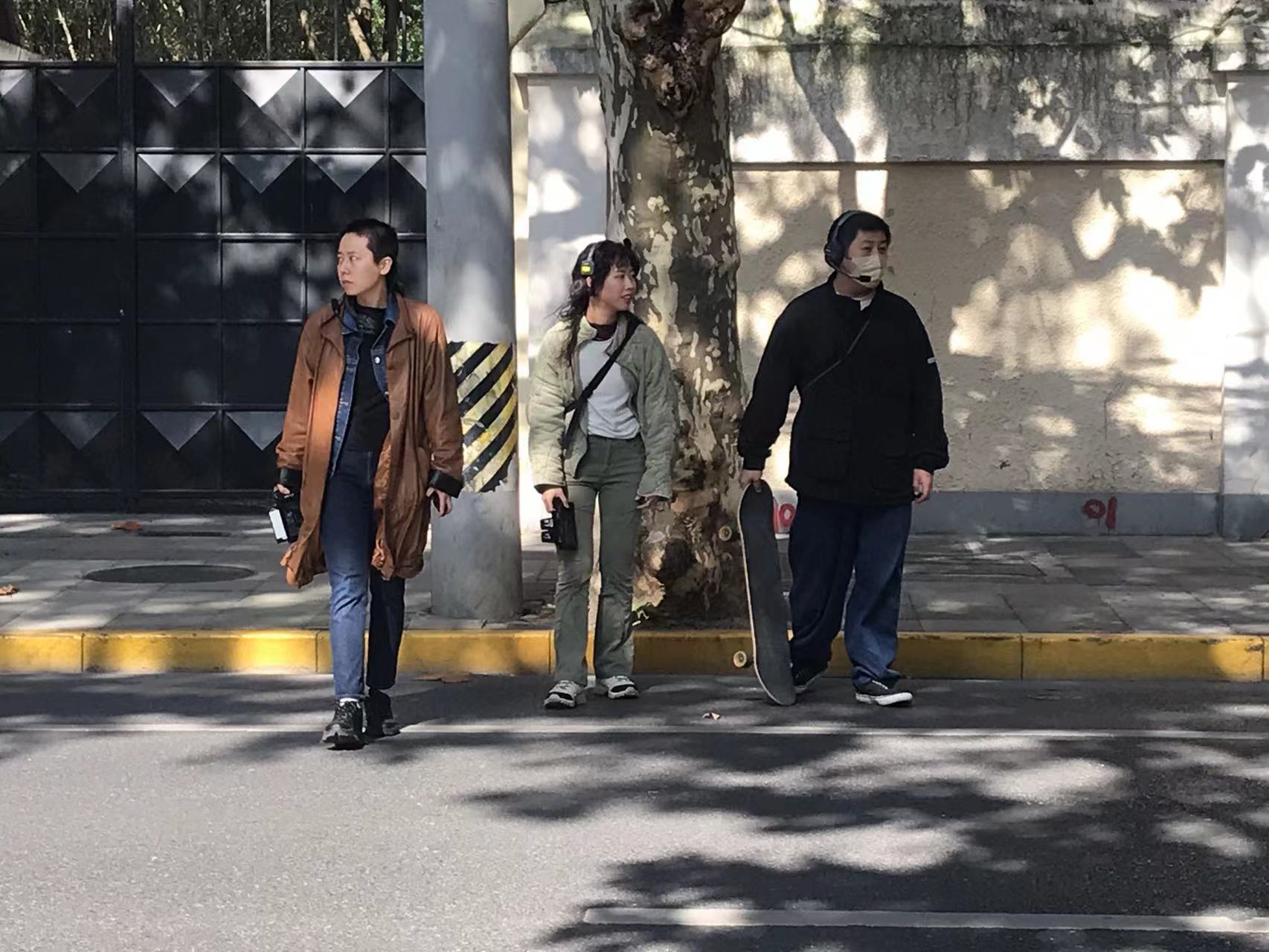Meet Yihong Exa Huang | Producer & Director

We had the good fortune of connecting with Yihong Exa Huang and we’ve shared our conversation below.
Hi Yihong Exa, we’d love to hear about how you approach risk and risk-taking.
In my understanding, risk represents encountering unfamiliar situations that have not been tried before. (This does not refer to risks arising from a lack of preparation or planning.)
In a new project, the absence of risk might suggest a lack of conceptual refinement. Filmmaking, compared to other art forms, demands strong teamwork and coordination. At the same time, it requires finding opportunities to innovate and challenge within meticulous planning—a balance that relies heavily on synergy. This is also one of the aspects I enjoy the most.
Over the past five years, I spent most of my time directing documentaries and short films about underground subcultures, as well as engaging in writing and events, producing, festivals, and radio work. The essence of such scenes lies in experimentation and pushing boundaries. When risk arises, it often signals that something new is about to be defined on the spot. So, rather than deciding whether to take risks, my content and creative process rely on risk to capture fresh definitions and new ideas.
A good creative environment should function like a laboratory, where the team provides a safe and comfortable space to execute ideas while allowing room for spontaneous inspiration and unexpected developments to create a chemical reaction. Risk is everything!

Alright, so let’s move onto what keeps you busy professionally?
Here are a few works from different periods that, while not necessarily like most polished projects, represent moments of significant growth for me. These were the projects where I took the biggest creative risks and pushed myself the most.
In 2020, I directed a documentary titled Strangers in Paradise, which focused on underground LGBTQ+ parties in Chengdu. Filming this project required me to strike a delicate balance between staying objective enough to capture subtle details and immersing myself fully in the subjects’ experiences. These two demands often felt contradictory, but the process taught me to be more present in the moment, embrace improvisation, and have the courage to put down the camera even when it felt right.
This was one of my earlier documentary works. It went on to screen in cities like Berlin, London, Newyork and Beijing. Even years later, I still receive inquiries about it from programmers around the world. Been to more places than myself. While it’s not a perfect film, it represents a turning point in my creative journey and encouraged me to take more risks in my work.
In 2022, during the pandemic lockdown, my city was completely shut down, and like many others, I found myself stuck at home, unable to film. My life felt like it was on pause. This situation led me to ask an important question: how can we document an era when we can’t go outside? That’s how the idea for Just Another Day came about.
The documentary invited over a hundred young people across the city to submit self-shot footage documenting a single day in their lives during this unique time. At first, working alone at home felt isolating. But as the project progressed, it felt like I was suddenly connected to over a hundred parallel timelines. We shared the little details of our daily lives, and through guiding participants, exchanging ideas, and collecting their footage, we created a unique energy exchange.
The finished film condensed these moments into a collective narrative. This project allowed me to experiment with new forms of filmmaking and storytelling. It helped me grow in my ability to collaborate, manage diverse materials, and shape cohesive narratives. It was a deeply transformative experience for me as a filmmaker.
In 2024, I collaborated with Marshall to direct a documentary series called The Road to Loud. We spent a week filming in London and Brighton, where we brought established musicians together with emerging local bands to create dynamic collaborations. That same year, I directed a narrative short film titled I Hate Love.
Both projects focused on capturing the essence of a specific place, and through these experiences, I learned how to adopt a lightweight and flexible production approach to reflect the spirit of a city authentically.
These projects gave me valuable lessons in how to stay creative during difficult times in the industry. They reinforced my belief in storytelling and gave me the confidence to continue creating, no matter the circumstances.

If you had a friend visiting you, what are some of the local spots you’d want to take them around to?
I think taking them to visit Chinatown in Los Angeles could be a great experience. It’s a place with a rich and complex history that has always fascinated me. When first moved here, I found a lot of inspiration in this area, and it influenced a project we’re currently working on called Yellow Peril. It’s a series of short films that aim to explore the history of Chinese Americans and their “minority feelings” in this vast continent.
Spaces like Chinatown, where communities have built imagined worlds in the gaps of history and time, are especially interesting to me. These places often exist in a liminal space—neither fully belonging to the past nor the future. It’s a theme that I find myself returning to in my work, as it raises so many ongoing questions about identity and belonging.

Shoutout is all about shouting out others who you feel deserve additional recognition and exposure. Who would you like to shoutout?
After graduating from school, my years working as a director with VICE profoundly shaped my approach and understanding of creativity. We weren’t just colleagues—we were more like a community living and breathing together. The office felt more like a shared living room, where we exchanged stories about interesting people and moments we encountered on the streets. Often, these conversations would lead to us grabbing cameras and heading out to film.
The team had an incredible sensitivity to storytelling, brimming with wild ideas and bold experimentation. Each person carried their own rich stories and life experiences. They were a group of idealistic, sharp, fearless, and passionate individuals who thrived on creativity and curiosity. Together, we dove into lion dance crew hidden in Guangdong villages, dancing in the cave with reclusive young people, and organizing parties with DJs in urban ruins amidst concrete jungles. This period provided me with an abundance of creative nourishment. It opened my eyes to new possibilities for narrative and character development, which continue to influence my screenwriting and storytelling today.
It’s hard to articulate exactly how this period nourished my creative energy. Perhaps the truest expression lies in creating art that is sincere, in building and sharing those collective memories. Maybe that shared sense of memory is the answer itself.
Website: https://mesaart.wixsite.com/exahuang
Instagram: https://www.instagram.com/d1g1h1h/


